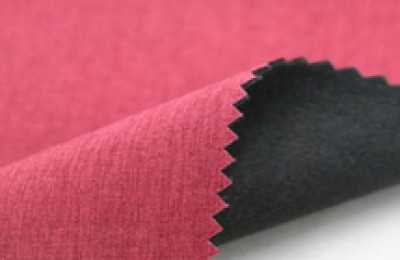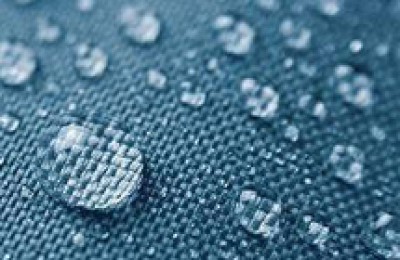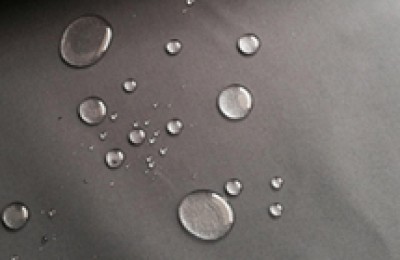Pre-treatment overview
Textile fibers, whether they are natural fibers or chemical fibers, themselves are more or less Most of them contain impurities, especially natural fibers, which contain more impurities and are more complex. Moreover, various slurries are added to the fibers during the textile processing process, which are stained with oil stains.
The existence of these impurities (including natural and artificial impurities) affects the physical and mechanical properties of the fiber to varying degrees, reduces the wettability and whiteness of the fabric, and makes the The fabric feels rough, which hinders the adsorption of dyes during the dyeing and printing processes, affecting the color brightness and dye fastness. Therefore, whether it is bleached, dyed or printed products, pre-treatment is generally required.
The purpose of pre-treatment is to use chemical and physical mechanical effects to remove natural impurities contained in the fiber and in textile processing The slurry and oil stains applied during the process allow the fiber to give full play to its excellent qualities, giving the fabric a white appearance, soft feel and good permeability to meet usage requirements and provide services for dyeing, printing and finishing. Qualified semi-finished products.
Pre-processing process
The pre-processing process generally includes original fabric preparation , singeing, desizing, scouring, bleaching, mercerizing and heat setting processes. Among them, except that singeing and heat setting must be processed in the form of open width, other processes can be processed in the form of rope or open width. The choice of specific processing form should be based on the original cloth variety and subsequent processing requirements.
As far as cotton is concerned, the pre-treatment process mainly includes original cloth preparation, singeing, desizing, scouring, bleaching and mercerization. Through these processes, natural impurities and external slurry in cotton fibers are removed, improving the appearance of the fabric and improving the intrinsic quality of the fabric.
The pre-treatment of wool mainly includes scouring and carbonization processes to remove suet, sheep sweat, dirt and plant impurities in the wool fiber.
The pre-treatment of silk fabrics is mainly degumming to remove most of the sericin and other impurities in raw silk.
Chemical fiber is relatively pure and does not contain natural impurities, only slurry and oil stains. Therefore, pre-treatment is relatively simple. Special varieties have their own special requirements, and the pre-treatment will be different, such as alkali reduction, etc.
Before The importance of treatment in dyeing and finishing processing
As we all know, the effect of pre-treatment is directly related to the quality of dyeing, printing and finishing processes. To produce excellent dyeing and finishing products, the key lies in the quality of pre-treatment semi-finished products. It can be seen that the pre-treatment process is a basic project in the dyeing and finishing process. It can stabilize the product quality of subsequent processes, improve economic benefits and meet the various needs of customers. Requirements play an extremely important role.
However, due to historical reasons, the importance of pre-processing has not received enough attention. Until now, there are still simplifications The trend has led to a decline in the quality of semi-finished products. Some quality problems that appear to be dyeing, printing, and post-finishing are actually caused by quality problems in pre-processing. Therefore, we must pay attention to pre-treatment and select equipment and processes according to different fibers, fabrics and processing requirements to produce qualified pre-treatment products and provide excellent semi-finished products for subsequent dyeing and finishing processes
3. Development of pre-treatment processing technology
With the advancement of science and technology, pre-treatment With the continuous development of technology, equipment, additives, etc., pretreatment processing technology has undergone great changes. For example, the pretreatment process has developed from the traditional three-step process of desizing, scouring, and bleaching to today’s efficient short-process process, and from the traditional atmospheric pressure pretreatment process to a high-temperature and rapid pretreatment process.
The development of additives has also brought improvements to the process. For example, bleaching has evolved from traditional bleaching powder, sodium hypochlorite, and sodium chlorite to the current special bleach; desizing has evolved from The traditional alkali desizing method has developed into the current biological method and ultrasonic method; in terms of equipment, it has developed from pressurized cloth cooking pots to rope-shaped and flat-flat continuous steaming and bleaching machines, high-temperature and high-pressure rapid scouring and bleaching machines, etc. The development of these new processes, new technologies, and new equipment has promoted the further development of pre-processing in the direction of high-speed, efficient, continuous, automated, environmentally friendly, and clean production, thereby raising pre-processing to a newer and higher level.
</p






